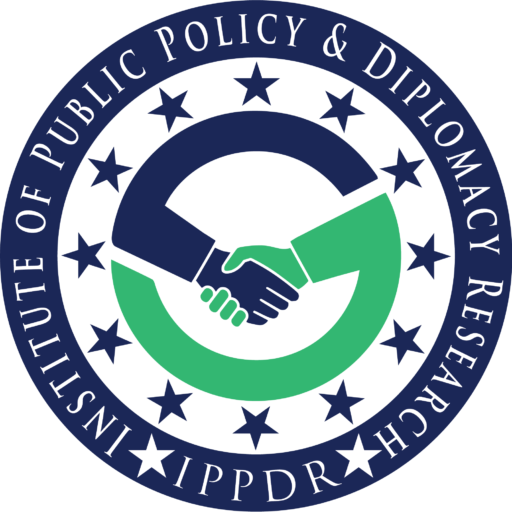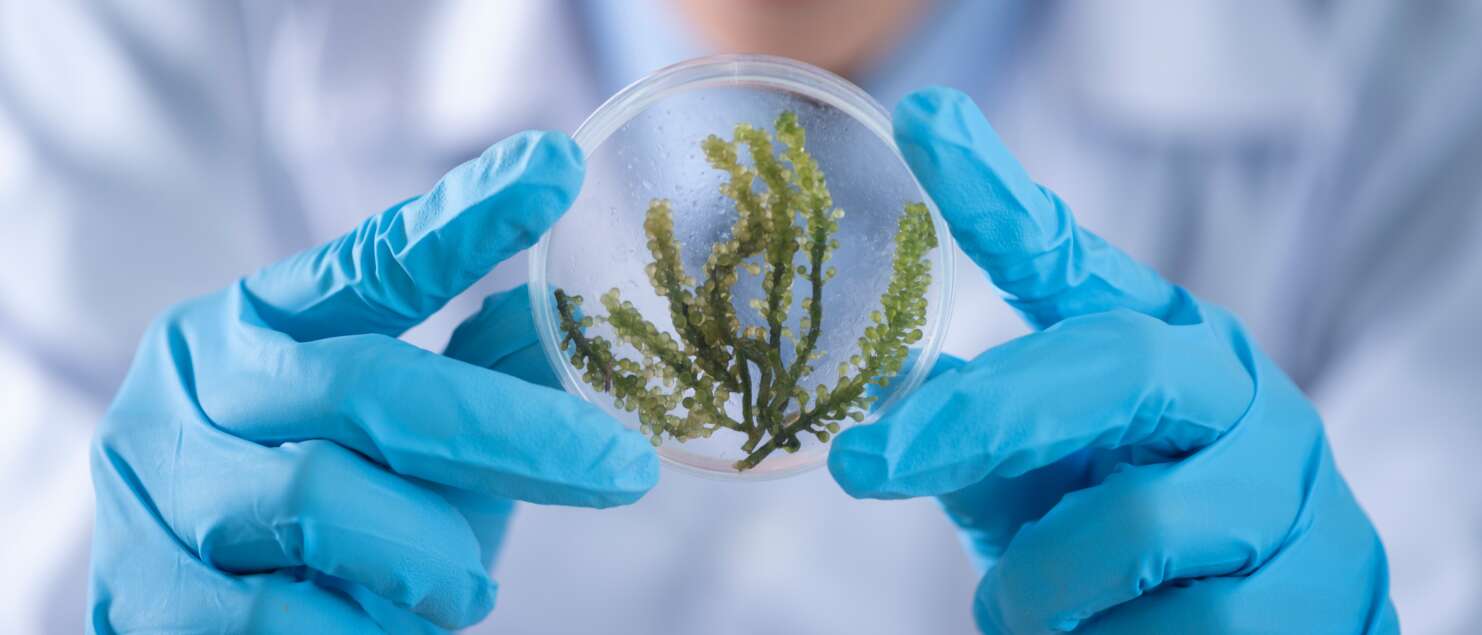Biogenetic Engineering for Sustainable Development
A case study conducted by Cases and de Lorenzo in 2005 highlighted the use of genetically modified Pseudomonas putida to break down Polycyclic Aromatic Hydrocarbons (PAHs) present in crude oil with the objective of cleaning faster an environmental disaster of oil spill in Spain. The genetically modified bacteria were found to break down the PAHs more efficiently than unmodified bacteria, providing a sustainable and cost-effective alternative to traditional methods of oil spill cleanup.
While biogenetic engineering shows several opportunities for sustainable development, there are also
concerns about its potential negative impacts. For example, one area of concern is the impact on evolutionary dynamics, as the introduction of semi-natural organisms challenges global governance on how these organisms will interact with existing species and ecosystems. After COVID-19 stopped the world, we should know better now. We should be more cautious about the risk of creating emerging infectious diseases through the use of biogenetic engineering, as genetically modified organisms could create new vectors for diseases or transfer their modified genes to other species. All of these are very important factors to consider in global diplomacy and decision-making. Every decision should be challenged by the questions of: Is there any biogenetic/biotechnology included in the actions we want to make? Are we considering policies that would keep our sustainable future safe while protecting us from biological threats? Have we taken these decisions with several reviews by expert scientists?
These are only some suggested questions, but we have also come up with the following SWOT analysis
chart to help you better understand the challenge and encourage further technical research on the topic of your interest:
To address these concerns, regulatory frameworks should be established to ensure the safe use and disposal of genetically modified organisms, and stakeholders should be engaged in discussions about the
development and use of this technology. Additionally, principles of adaptive management and resilience
should be incorporated into policy-making to promote sustainability and minimize potential risks.
| STRENGTHS | WEAKNESSES | OPPORTUNITIES | THREATS |
| – Potential to address environmental problems, such as bioremediation of oil spills, by creating genetically modified organisms that can break down pollutants more efficiently. | – Raises concerns about the safety and unintended consequences of releasing genetically modified organisms into the environment, which can have negative impacts on ecosystems and human health. | – Potential to create new and innovative solutions to address various environmental and medical challenges. | – Could lead to unintended consequences, such as the creation of superbugs or the introduction of invasive species into new ecosystems. |
| – Can also be used to create new medicines and therapies, such as gene therapies, that can treat genetic diseases. | – Could lead to the creation of emerging infectious diseases through the introduction of genetically modified organisms that could transfer their modified genes to other species. | – Can lead to significant economic benefits, such as the growth of the biotechnology market and the development of new industries and job opportunities. | – Raises ethical and social concerns about the use of genetic modification and the potential impacts on human health, privacy, and cultural identity. |
| – Has the potential to increase crop yields and reduce the use of pesticides through the development of genetically modified crops. | – Could influence cultural evolution by altering the traits and behaviors of a species, raising questions about how it could impact the cultural diversity and identity of different communities. | – Can accelerate scientific progress and innovation, leading to new discoveries and advancements in various fields. | – Is a highly regulated field, and regulatory frameworks must be established to ensure the safe use and disposal of genetically modified organisms. |
| – Can accelerate scientific progress and innovation in various fields, such as biopharmacy, bioservices, bioagri, and bioindustrial. | – Is a relatively new technology, and there are still many unknowns about its long-term effects and potential risks. | – Can enhance the quality of life by providing new treatments for genetic diseases and increasing the availability of nutritious and sustainable food sources. | – Can lead to the widening of the gap between developed and developing countries, as developed countries may have access to more advanced and expensive biogenetic technologies. |
It is also important to consider the significant economic impact of biotechnology and gene therapies. The
global market for genetically modified crops was valued at $18.3 billion in 2018, and the global biotechnology market was valued at $729.23 billion in 2020. The growth potential for gene editing through CRISPR technology is also significant, with the CRISPR market expected to reach $2.296.47 billion by 2028.
These quantitative facts are important to consider in any discussions or decisions related to biogenetic
engineering. However, it is equally important to balance economic considerations with ethical and social
considerations, and to approach biogenetic engineering with caution, responsibility, and transparency.
Ultimately, biogenetic engineering should be developed and regulated in a way that promotes sustainability and minimizes potential risks.
References and suggestions for further research and technical-scientific facts:
Environmental Science Approach:
I. Van Montagu, M. (2020). The future of plant biotechnology in a globalized and environmentally
endangered world. Genetics and Molecular Biology, 43(1 suppl 2), e20190040. http://dx.doi.org/
10.1590/1678-4685-GMB-2019-0040=
II. Krüger, A., Schäfers, C., Schröder, C., & Antranikian, G. (2017). Towards a sustainable biobased
industry – Highlighting the impact of extremophiles. New Biotechnology, 39, 201-211. doi: 10.1016/
j.nbt.2017.05.002
III. Cases, I., & de Lorenzo, V. (2005). Genetically modified organisms for the environment: stories of
success and failure and what we have learned from them. International Microbiology, 8(3), 213-222.
DOI:10.13039/501100000780
Ethical Approach:
IV. Glenn, L. M. (2014). Ethical issues in genetic engineering and transgenics. UC Santa Cruz Previously
Published Works. https://escholarship.org/uc/item/4p82f4x8
Public Policy Approach:
V. Jørgensen, P. S., Folke, C., & Carroll, S. P. (2019). Evolution in the Anthropocene: Informing
governance and policy. Annual Review of Ecology, Evolution, and Systematics, 50, 527-546. doi:
10.1146/annurev-ecolsys-110218-024621
Photo Credit: Photo by Chokniti Khongchum

